
News Directory
How Do Ball Bearings Reduce Friction in Machinery?
2. Distribute the load: The balls inside the ball bearing can effectively disperse the load, causing it to form a more uniform load distribution inside the bearing. In contrast, the load in a sliding bearing is usually concentrated on the contact surface, easily leading to local stress concentration, which in turn causes friction and wear. By spreading the load, ball bearings can reduce the contact stress between the bearing and the shaft, extend the service life of the bearing, and improve the reliability and durability of the system.
3. Small contact area: The rolling elements in ball bearings have a smaller contact area than the sliding surfaces of sliding bearings. This means that under a given load, ball bearings are able to reduce the friction between contacting surfaces. Smaller contact area means smaller friction, thus reducing energy loss and heat generation, improving system efficiency and energy saving.
4. Lubrication system: Ball bearings are usually equipped with a lubrication system, such as grease inside the bearing or lubricating oil outside. These lubricants can form a lubricating film on the contact surface of the ball bearing, reducing the friction coefficient, reducing rolling friction and friction between the balls and the inner and outer tracks. A good lubrication system can reduce the operating temperature of the bearing, reduce friction loss, and extend the service life of the bearing.
5.Precision manufacturing: Ball bearings are usually manufactured using precision manufacturing processes to ensure the size and fit accuracy of the various parts inside the bearing. This precision manufacturing can reduce the clearance and friction inside the bearing and improve the rotation accuracy and stability of the bearing. Precision manufacturing can also ensure that the internal parts of the bearing fit well with the external parts, reducing friction and energy loss, thus improving the efficiency and performance of the system.



 English
English 中文简体
中文简体 عربى
عربى
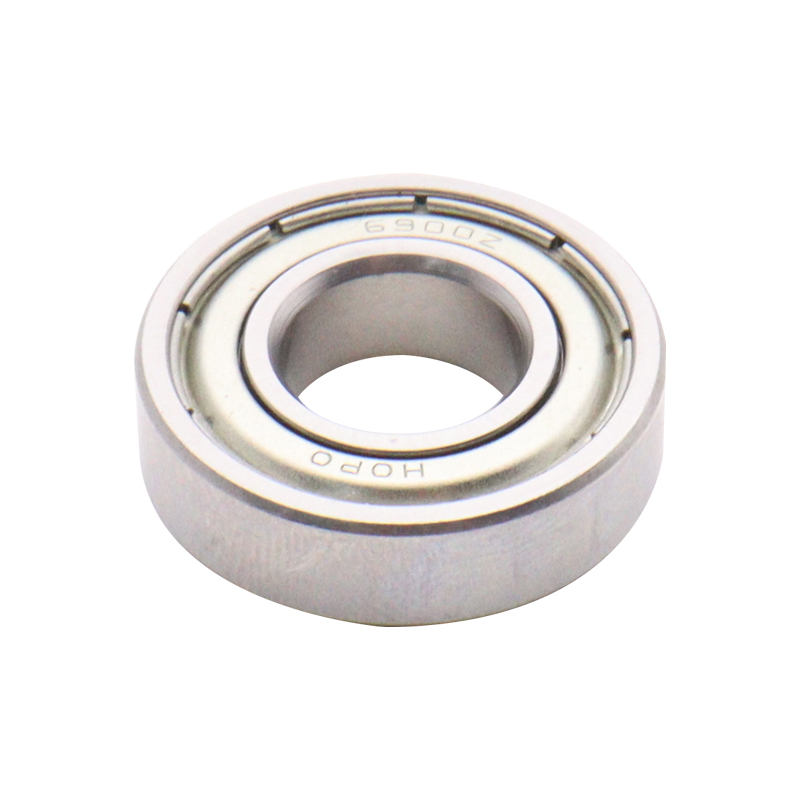
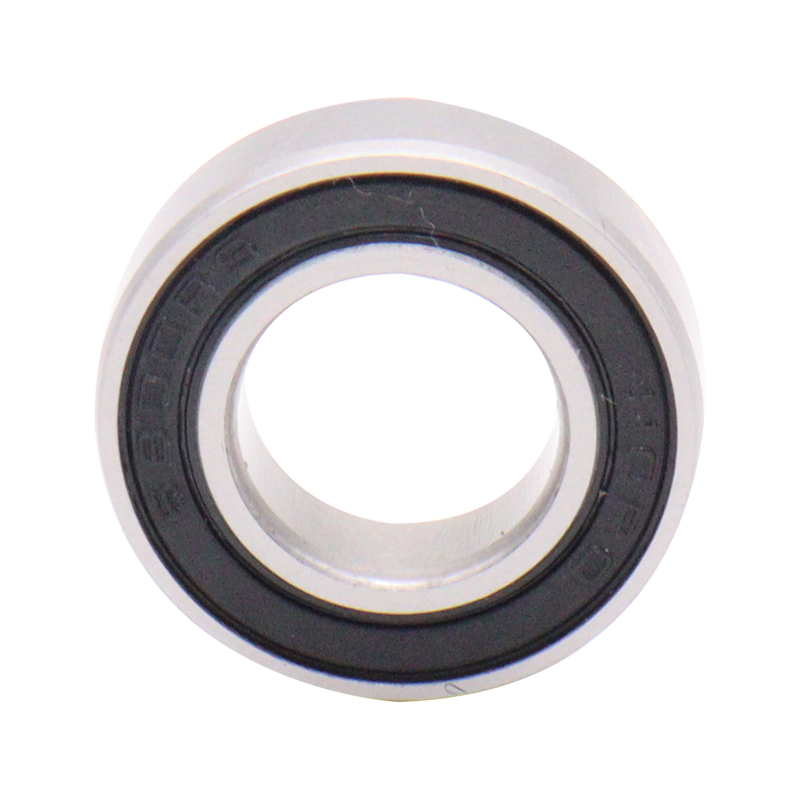
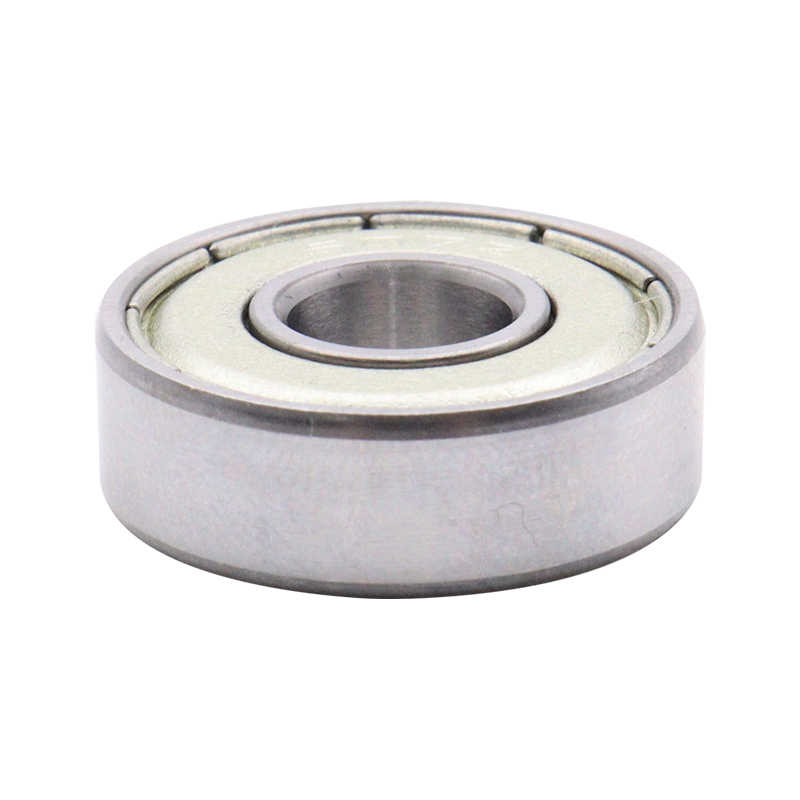
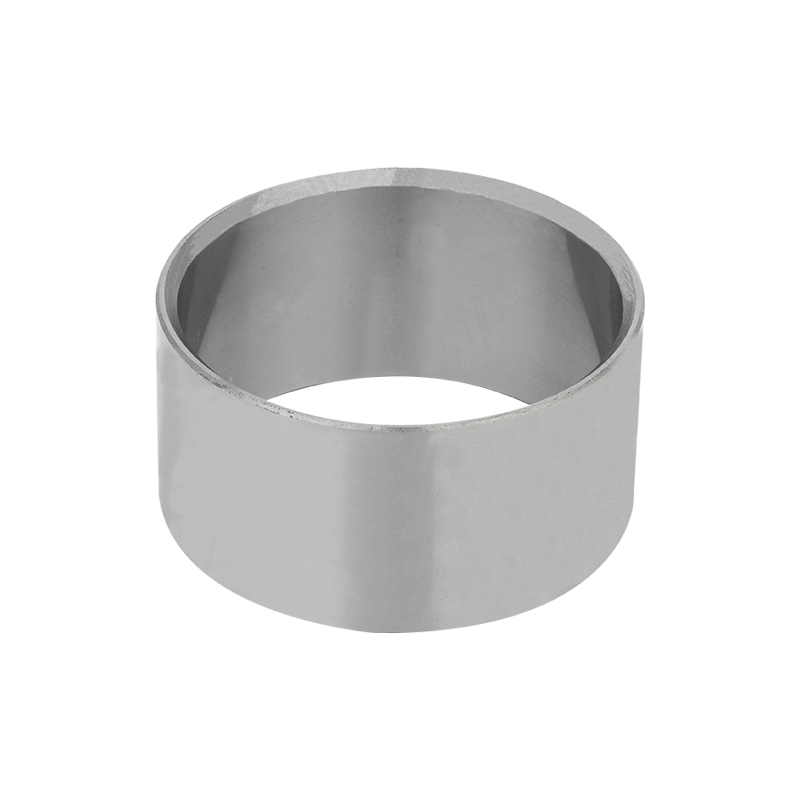
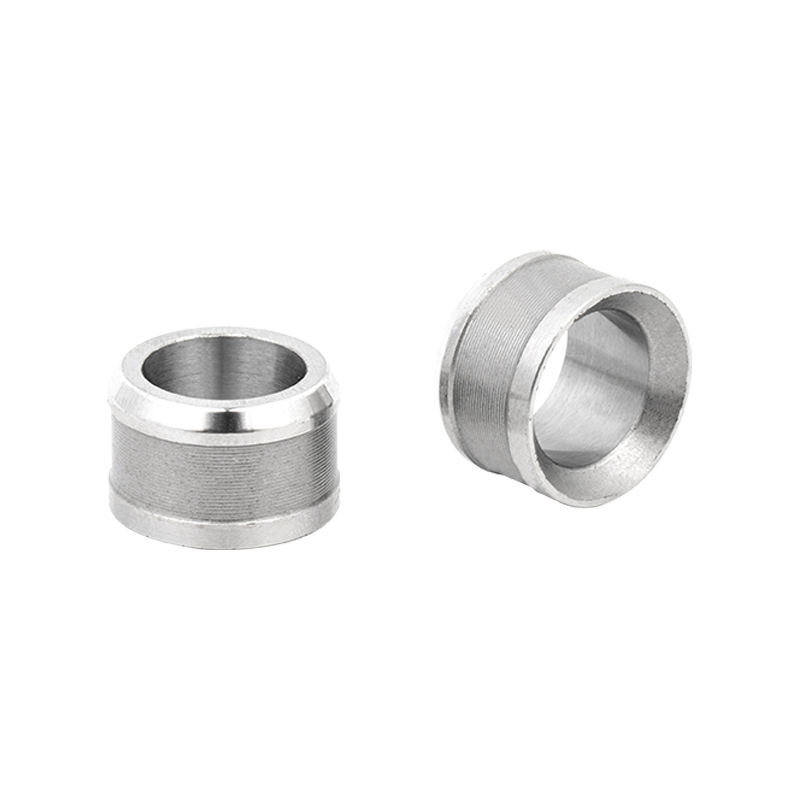
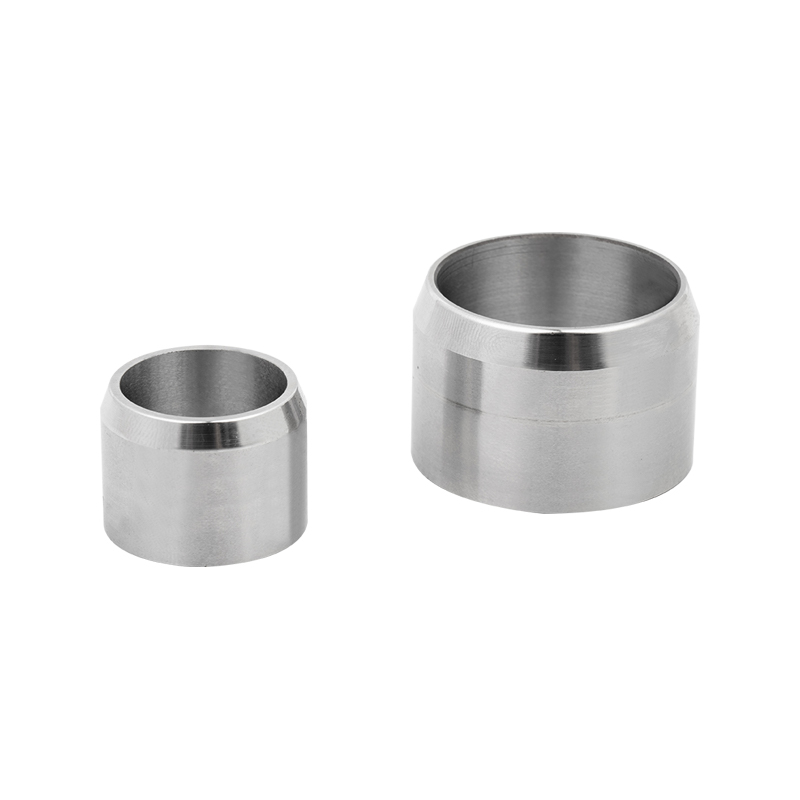
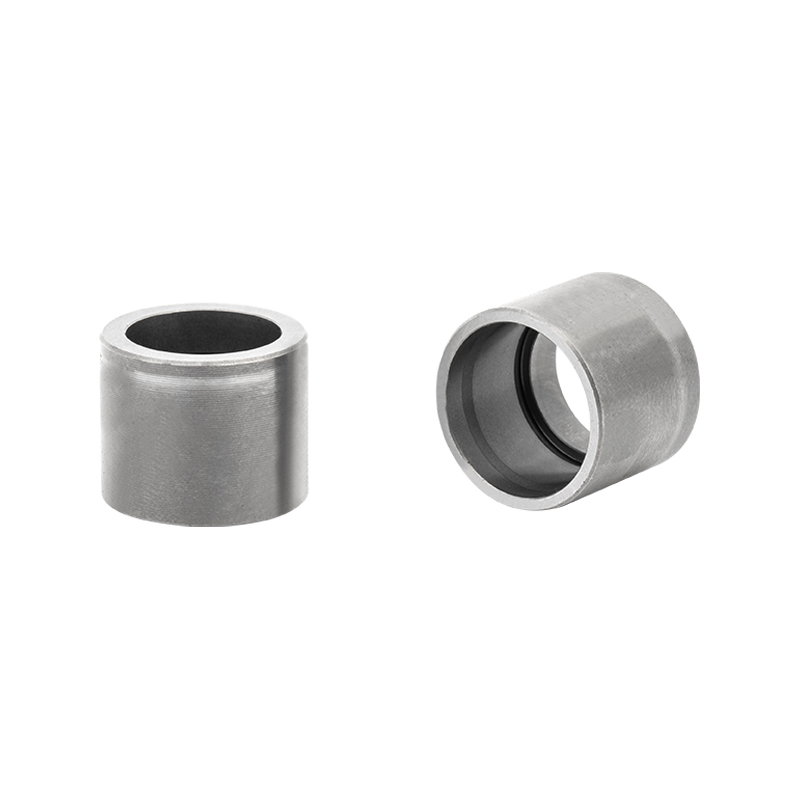
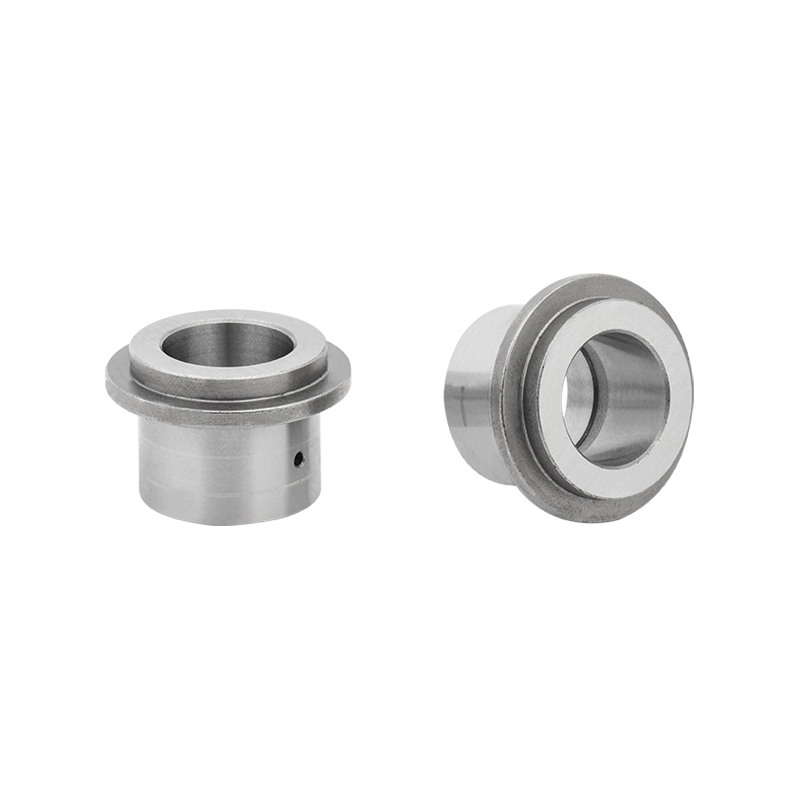

 Download Catalog
Download Catalog
